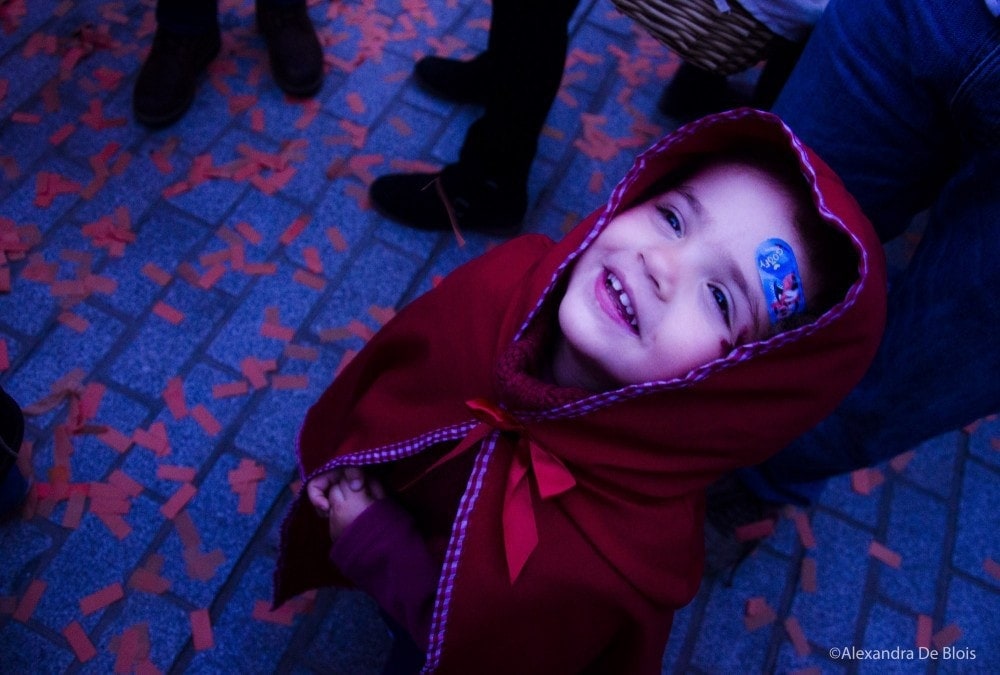You will have heard hundreds of times that photography is light. In fact, photography is literally 'writing with light'. That is why as photographers, we give so much importance to this valuable raw material. But, what is there beyond knowing and mastering light, different techniques or composition? What makes the difference between a correct image and a great photograph? Why do you think that some images move you and others leave you indifferent? I'm sure by now you know what I'm talking about. I'm talking about the ability to convey emotion through an image. Beyond beautiful, correct images, with nothing to object to, beyond them there are others that shake you, that are recorded in your retina, that cause you a specific feeling... These are the great photographs, those in which the who took the picture,He got you to make it yours through a photograph.
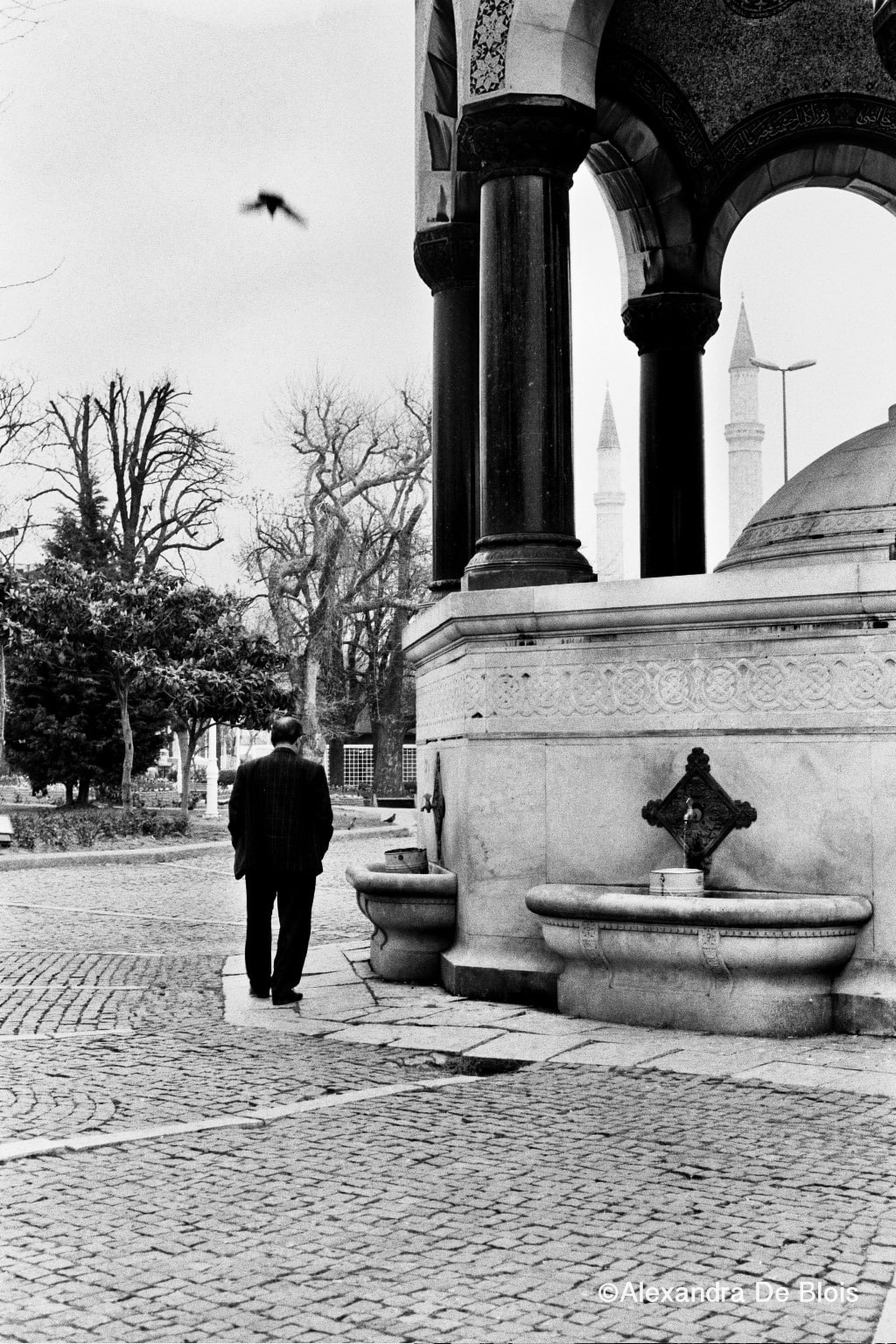
HOW IS EMOTION CONVEYED THROUGH AN IMAGE?
Photographing emotions goes beyond photographing someone smiling, with a blank look, with tears in their eyes or with a grimace. If you 'simply' photograph someone smiling, it will be a photo of someone smiling, but how will you convey the happiness that overwhelms the protagonist who laughs in your image? To photograph an emotion, you must take into account many factors, among which you stand out yourself. We are going to see some of the aspects that, in my opinion, can help you in the search for emotions:
- Choose a theme : If you dedicate yourself to photography 'for the love of art', that is, if you don't have a specific assignment to carry out, choose a theme in which you feel comfortable and that excites you. Look for an environment in which you feel identified, in which you move easily, or to which you can return whenever you want. If you feel comfortable, it will be much easier for you to get what you want.
- Know yourself : Yes, it may sound strange to you ;-), but the best way to evolve as a photographer is by knowing yourself. Think about what you like and why, why you lean towards one type of photography or another, what you want to convey, what are the images that move you the most, and above all, identify yourself in everything you do and be yourself.
- Think before you shoot: It will seem obvious to you, but many times we don't. We let ourselves be carried away by what we see without giving it meaning. And sometimes, for this reason, the photograph you find is basically what you saw, not what you felt or what the person you photographed felt.
- Learn to observe : Training your gaze to learn to anticipate events is essential. Over time and with practice you will learn to do it, you will be able to know which person, at what moment, is going to 'give' you that image you are looking for, you will be able to see as a photographer what others in the same place do not see, and instead waiting for the images to come to you (which happens on rare occasions...), you will be the one who will go looking for them... And you will find them.
- Empathize with what you portray : Especially if you are photographing people, the best way to convey feelings is when you pour yours into what you see. If you are photographing someone sad and you do not feel anything, you will not take the same photograph as if you share that same sadness, just as if you agree with what you see or criticize it, the photographs will not be the same. Because like all art, photography is subjective, it shows what you feel, and it is you who choose each frame, each subject, according to your feelings and your gaze, although sometimes you are not fully aware of it.
«The photographer cannot be a passive spectator, he cannot be really lucid if he is not involved in the event.» Henri Cartier-Bresson
- Let yourself go : Since you are trying to photograph and convey emotions; thrill. Let yourself go, try to photograph instinctively with what you have already learned, think less and feel more, composing and mastering the techniques is not everything. The most important thing is to enjoy and try to give the best of yourself in each image.
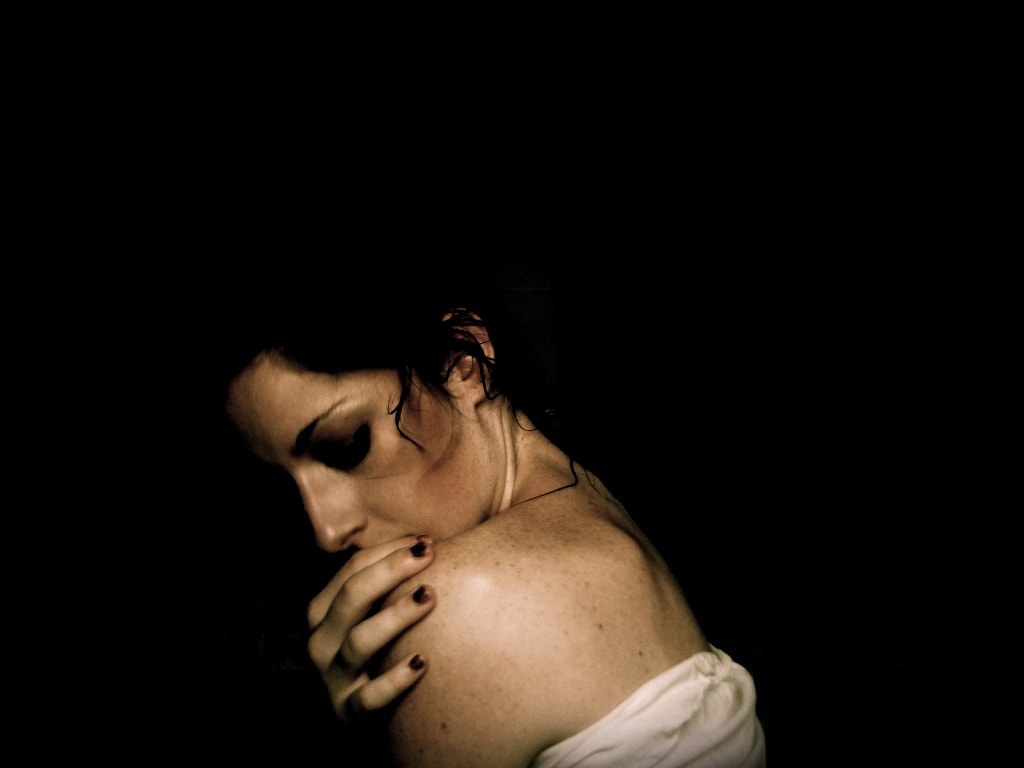
WHAT TECHNIQUES CAN I USE TO CONVEY EMOTION?
If you are all emotion, but you need to channel it or accompany it in some way, here are some techniques that you can use to finish moving your viewers:
The points of view:
Varying the point of view (the angle) according to what you want to transmit, is something that you should take into account, and that will improve your images a lot and quickly. The most common are the ones that I show you below:
-
- Picado: When you place your subject below the lens of your camera you dwarf it, since it is a plane in which you usually perceive what is smaller than you. This would be true of children and anything you naturally outsize, but you can also 'force it' and shoot almost anything at this angle. By placing it in a lower position, you endow it with a certain vulnerability and lack of protection.
-
- At eye level: When we place the protagonist of our image at eye level, you create an effect of empathy between the subject and the person who sees the image. You also transmit stability and peace, since it is our usual way of looking.
- Counter-Dive: When you place the center of interest above your camera you enlarge it, enhance it and give it strength.
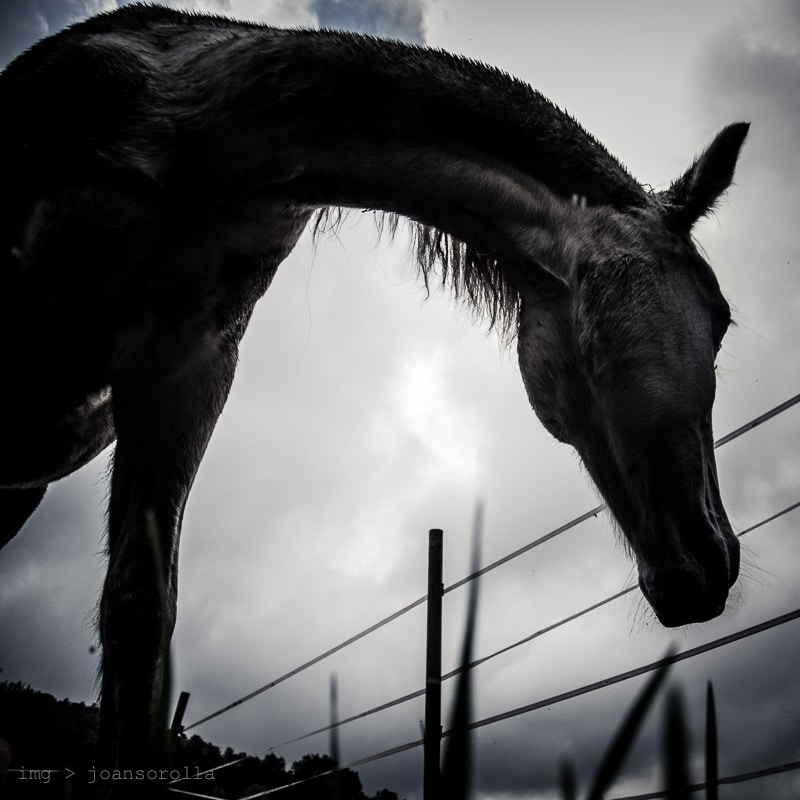
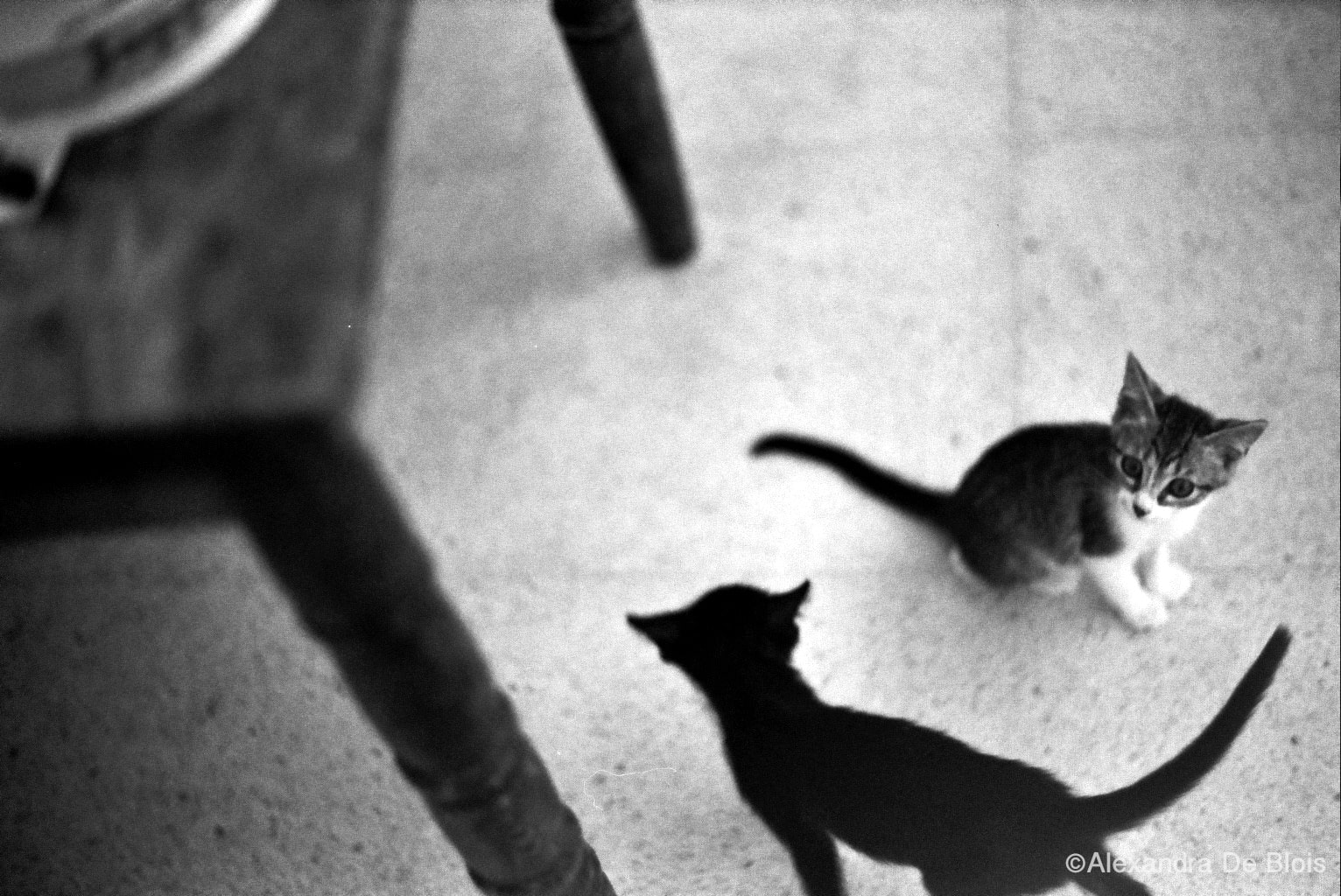
The color:
When transmitting and photographing emotions, it is important that you do not lose sight of the color that surrounds the main object. For example, shooting a bleak scene against a garish orange background, can make the effect you're trying to achieve appear clouded by the background. Unless you want to achieve exactly that, create a duality that surprises the viewer, it is best to always look for a color that accompanies the main idea you want to express. Also remember to calibrate your camera with the white balance that you consider appropriate for each situation. A 'tender' image can go well with a warm tone, but maybe not so well for, for example, a boxing match ?
The black and white:
If you want to photograph emotions, you cannot forget black and white . Through the absence of color, black and white manages to simplify and focus the gaze on the essence of what you are photographing. It is much more abstract, evocative, formal and sentimental. You cannot attempt to photograph emotions without trying it, I can almost promise you that you will not be disappointed.
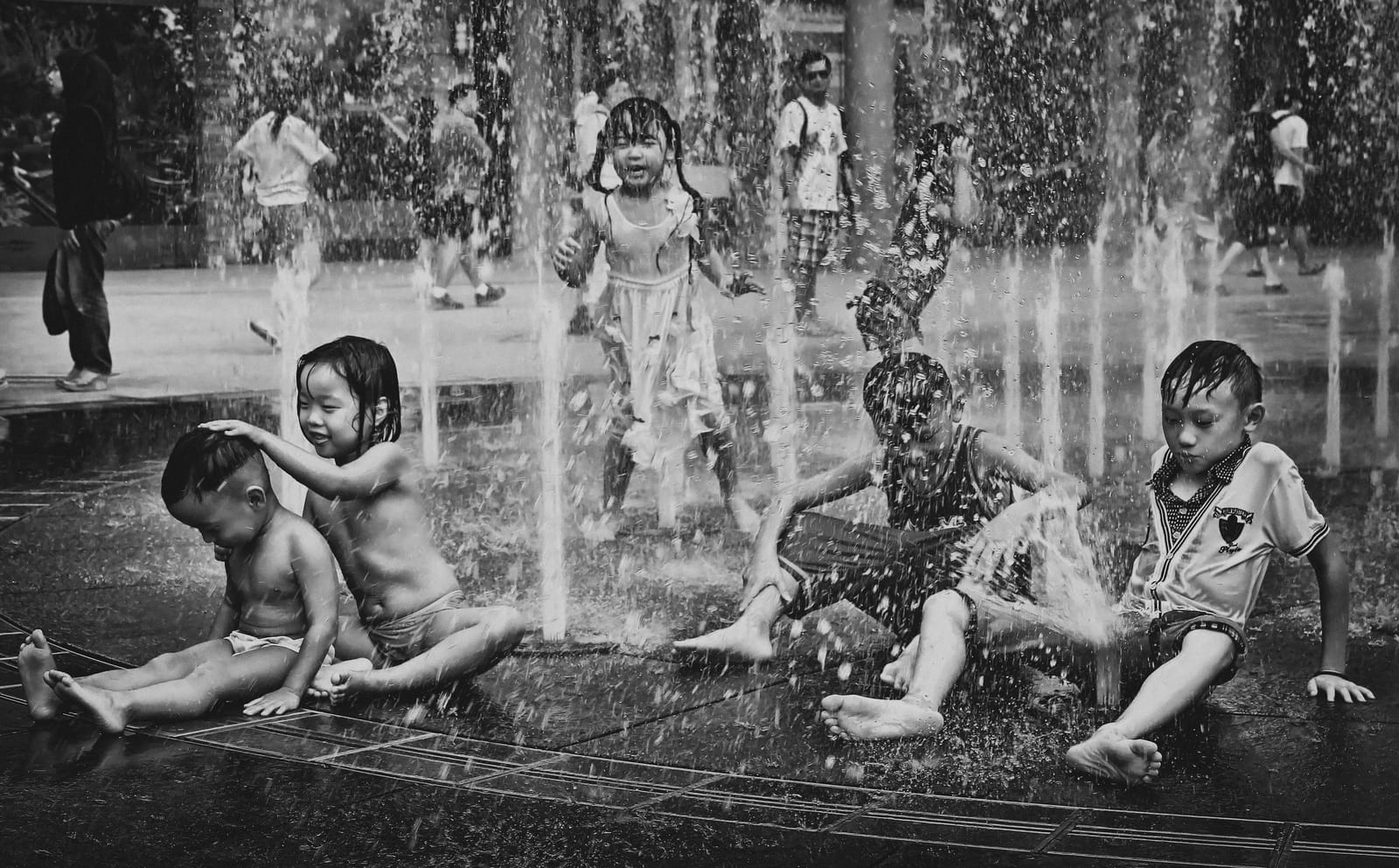
Space (negative):
How you distribute space and objects in an image can explain and convey many things. You can convey oppression, loneliness, freedom, movement... Simply by choosing where your image will breathe or what level of prominence you will give to the main object (isolated in the middle of a very wide space, for example). If you want to delve into what negative space is and how to apply it in composition, I recommend this article.
Corporal lenguage:
Of course, if you're taking portraits or, in general, if you're photographing people, what your 'model' conveys is essential. Many times we get carried away by the need to photograph the most intense emotions (laughter, happiness, crying, pain, anger...) and we do not give importance to other less obvious emotions. Surely it is because you believe that they are not so universal or that the viewer will not understand them so easily, but a lost look, a reflective expression, mystery, or a sad smile, are also capable of explaining and talking about emotions, sometimes even more. what a great smile So don't settle for 'forcing' the typical 'smile' scene, let your protagonist feel comfortable and give you the true essence of her, and you always ready to immortalize her.
Here Caro leaves you great tips on body language in portrait photography.
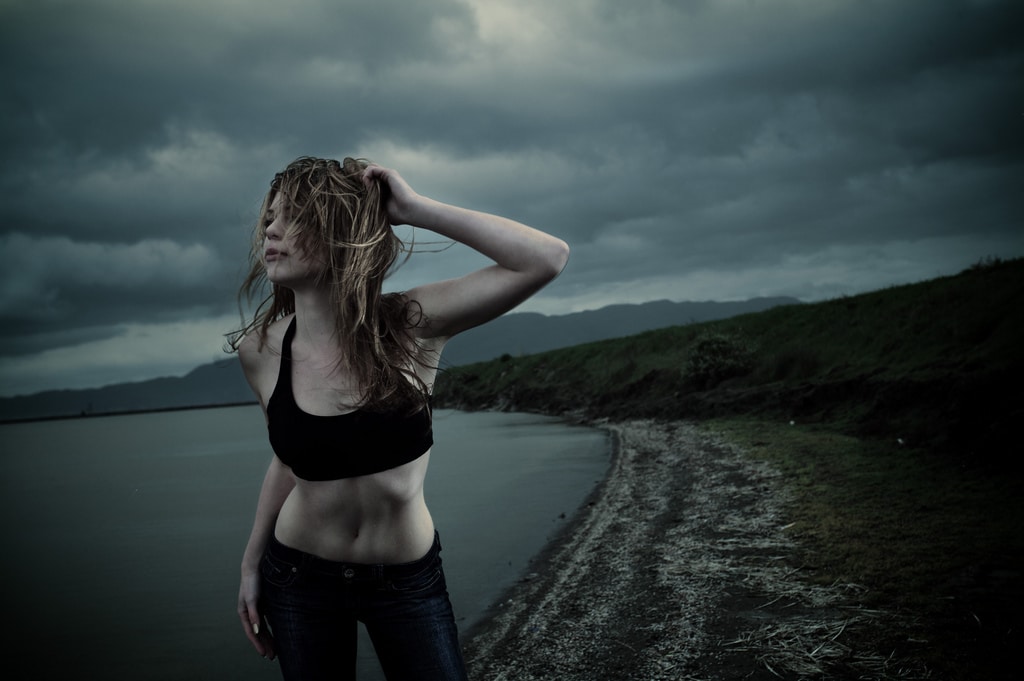
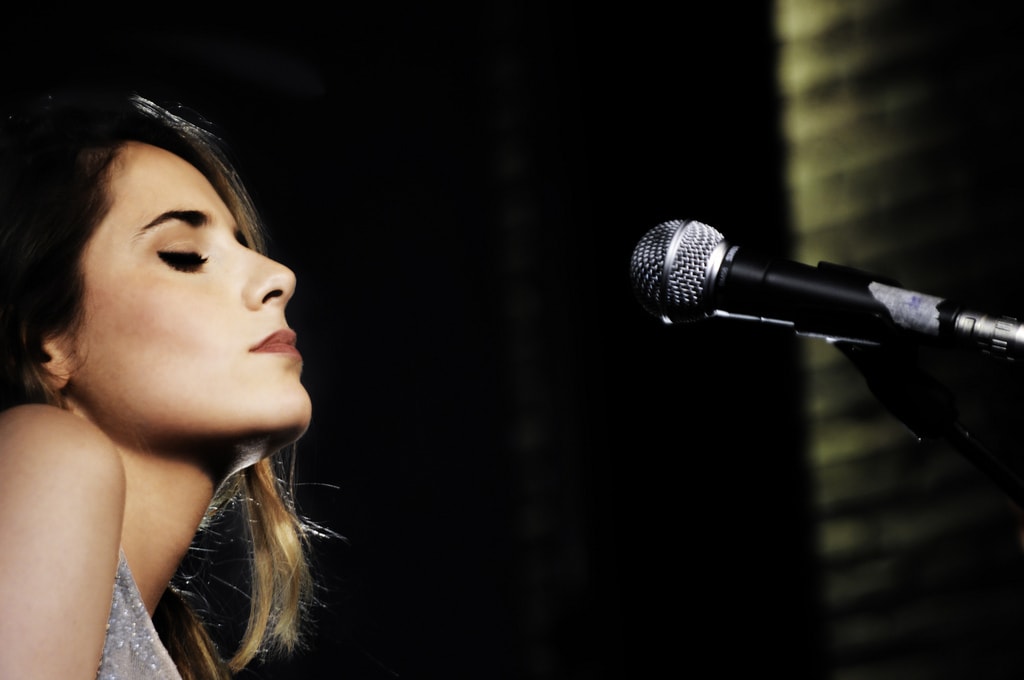
The details: Not necessarily to convey an emotion you need a face or a human being to convey it. For example, it's amazing what you can explain with your hands. A tiny hand holding an aged hand is one way of telling a powerful story, don't you think? Life and death, tenderness, the extremes that physically touch each other... Look at the following image. It speaks for itself, right?
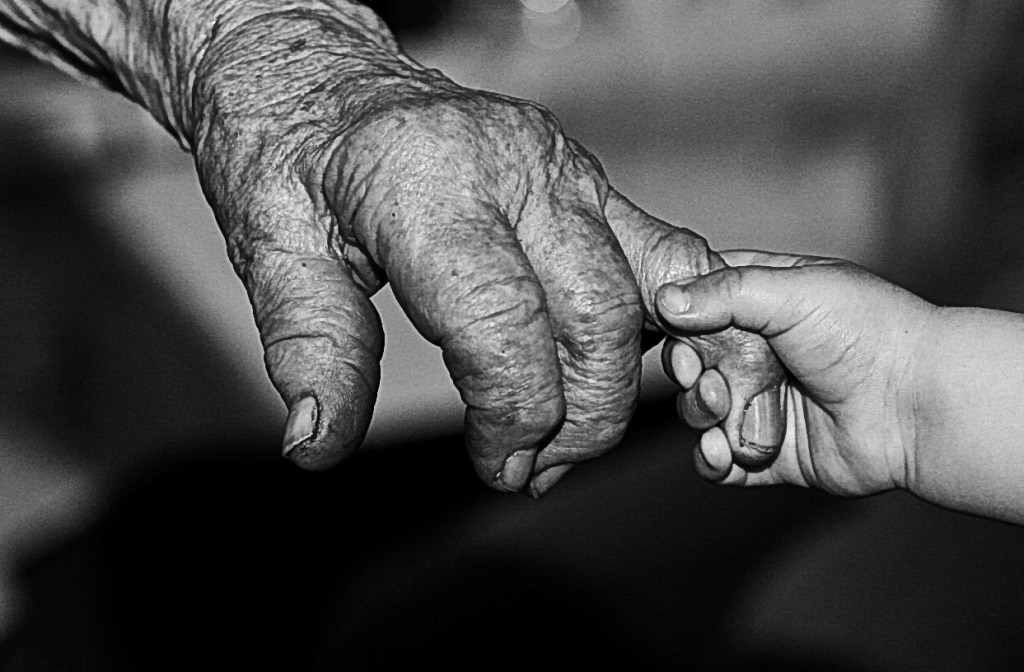
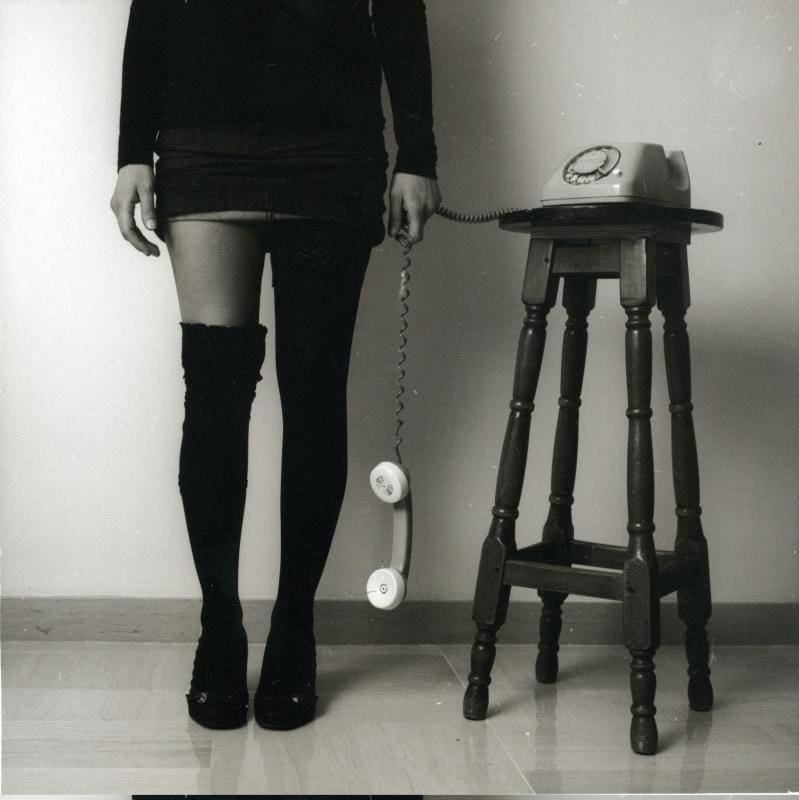
If you pay attention to the details, apart from training your gaze, you will get a different narrative for your images, look for what is less obvious and get closer. Do you remember that great quote 'If your photographs are not good enough, it is because you were not there? close enough' to Robert Capa? Well that, try to get closer to see what happens ?
(By the way, if you are interested in hand photography you can not stop reading this fantastic article, or see the fantastic selection of the challenge on this topic here )
High/Low Key Photography:
The photographs in different keys also have a deep emotional charge, each one totally different from the other. For example, in a high key (white background and lots of light), the light speaks almost for itself of a positive, happy, good, tender event. We all have it in the subconscious. Just as we associate darkness, the color black and low key photographs (dark background and little light) in general, with mystery, loneliness, suffering, or deep intimacy.
I leave you this article by Mario so you can delve into it.
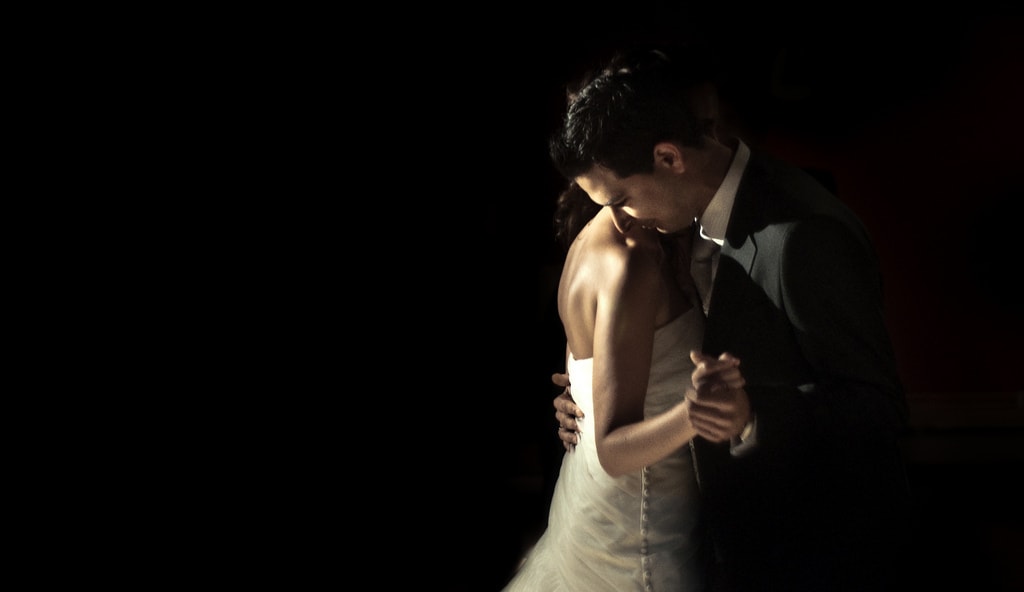
Beyond the portraits:
Emotions are not only photographed through human beings or living beings, although it is usually the most common and logical, you can express feelings through everything that surrounds you. Through luminous landscapes, a rough sea, a foggy landscape, a duck alone in a large lake or a shoe on the asphalt... Everything can be a great story and everything can convey emotions. So there is no excuse to say that everyone is sick of you chasing them to take photos ? you can find and photograph emotion in everything you set your mind to, if you put your mind to it, of course, and if you feel it first. You will see how if you let yourself go you will get fascinating images.
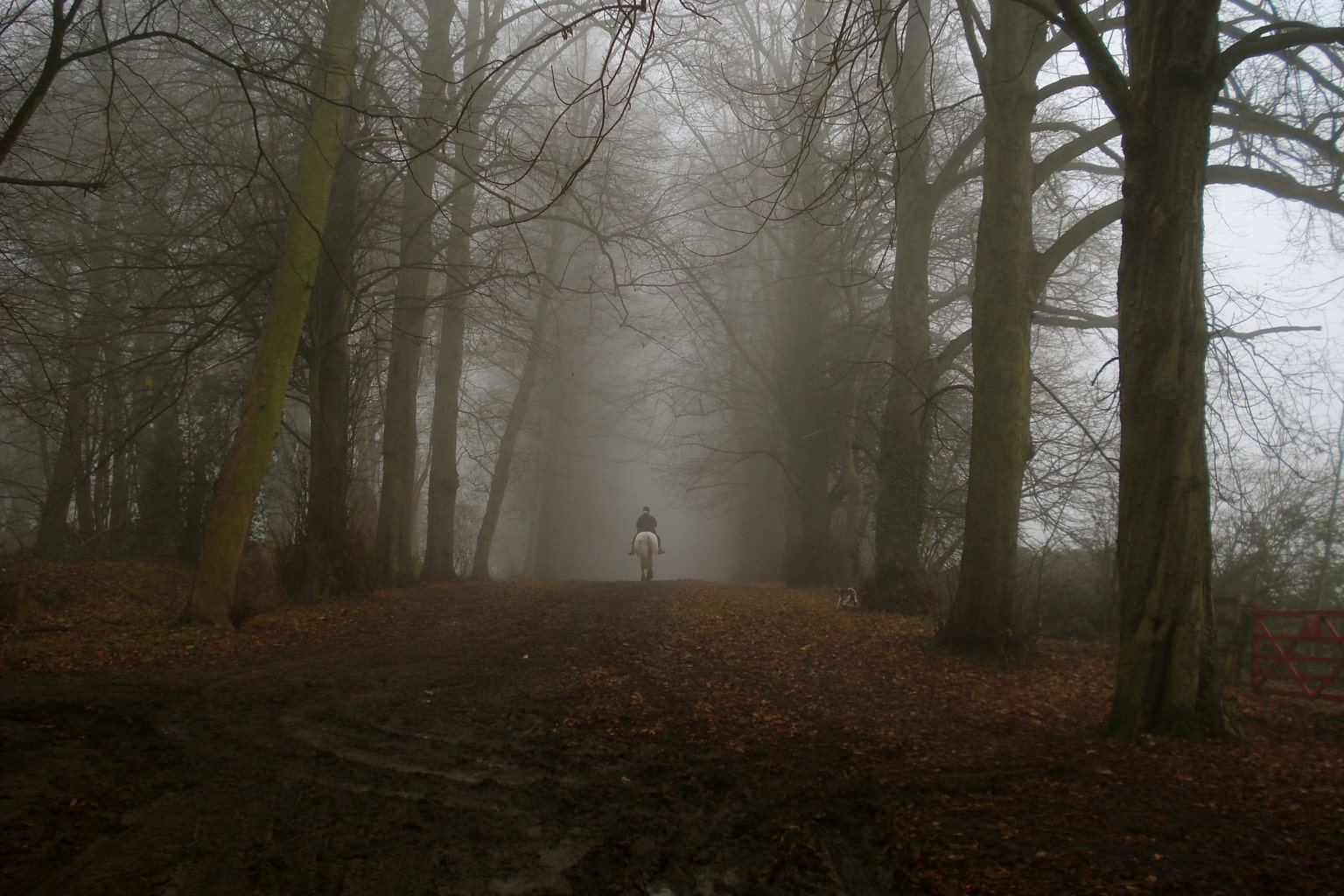
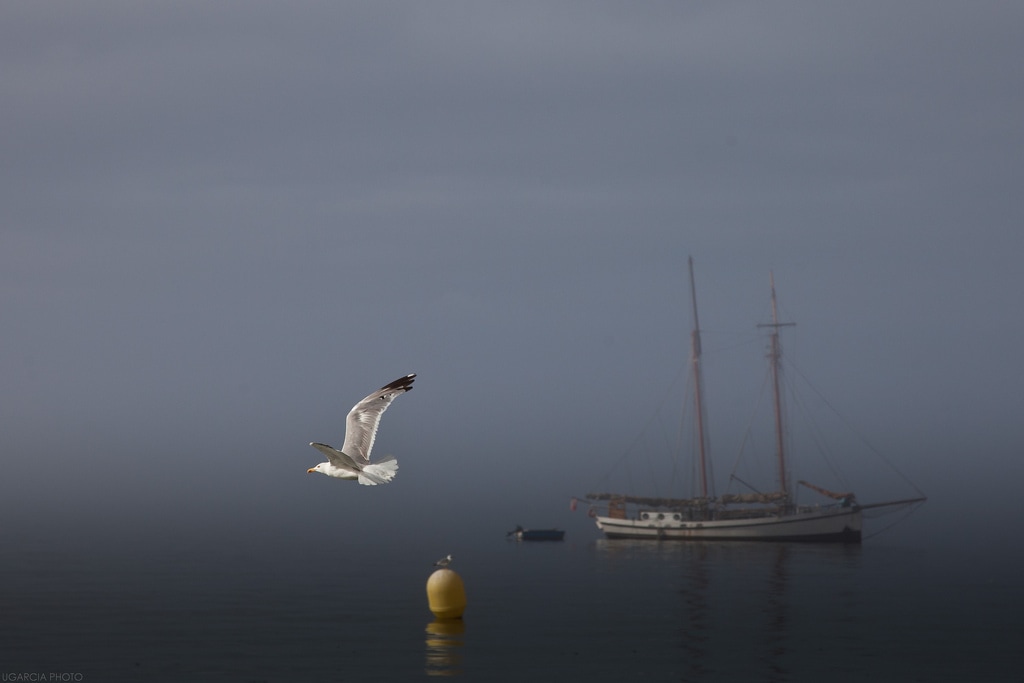
Mix Opposites:As you will have seen for yourself many times, our gaze pays more attention to what is different, and because it is different, it stands out above the rest, for example, in an image with hundreds of black umbrellas, where there is only one red, your gaze will go directly to red. Apart from the fact that red is a very attractive color for our eyes, we focus on it because it is different from the rest. A good way to enhance something is to surround it with the opposite, for example, surely you have seen images in which a stranger is still in the middle of a moving crowd, which further accentuates the coming and going of others and at the same time the stillness of the protagonist. Or an image where everyone is happy, someone serious stands out much more; transmits more emotion in that environment in contrast to the rest, than in an image where, for example,
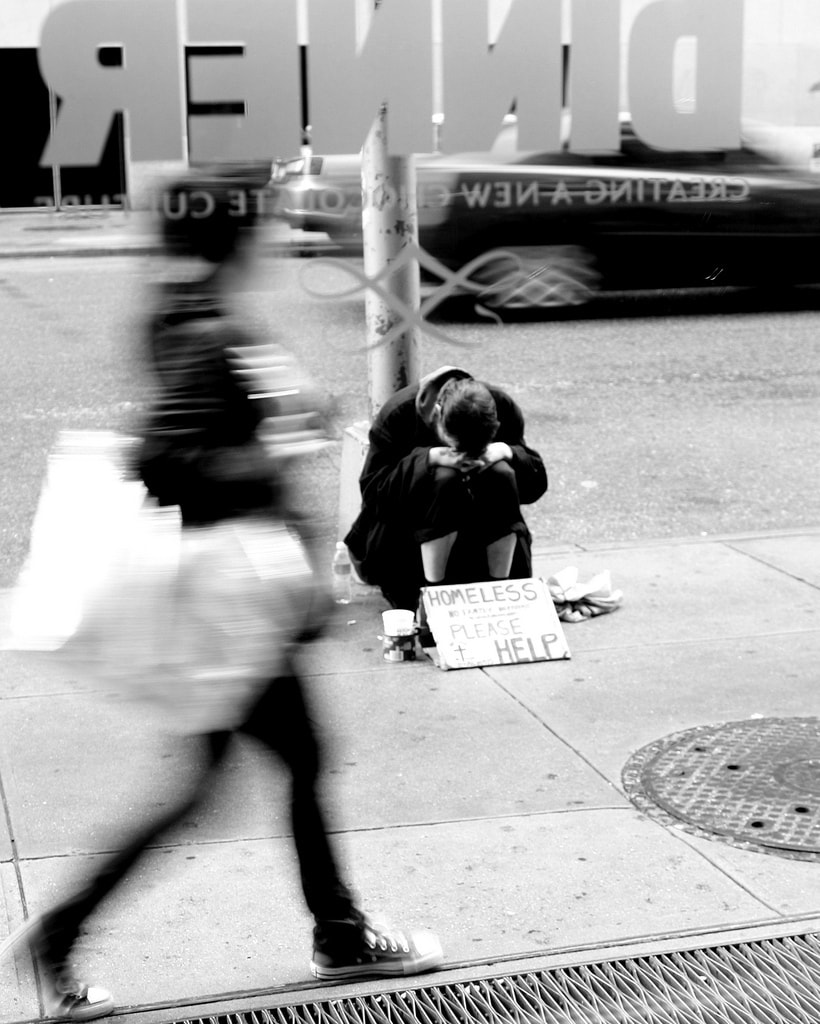
If you are reading this it is, surely, because photography excites you as much as I do, and that means that half of the work has already been done, because the most basic thing to photograph emotions is that you get excited. That first of all, the rest will come. It is very noticeable when there is emotion in a photograph, it does not matter if it is 'correct', if an unwanted finger slipped into the frame, if you lacked half a point of light, or your pulse trembled from how excited you were ? All this is learned, but the emotion, the fascination, there is no tutorial that teaches you that. You have to live it and feel it, you have to get excited every time you pick up the camera and think about the great photos that are yet to be taken, and enjoy the thousands of daily opportunities you have to get excited and make whoever looks at them emotional with you. Be yourself, have fun, put passion into what you do, and the rest will come rolling.

